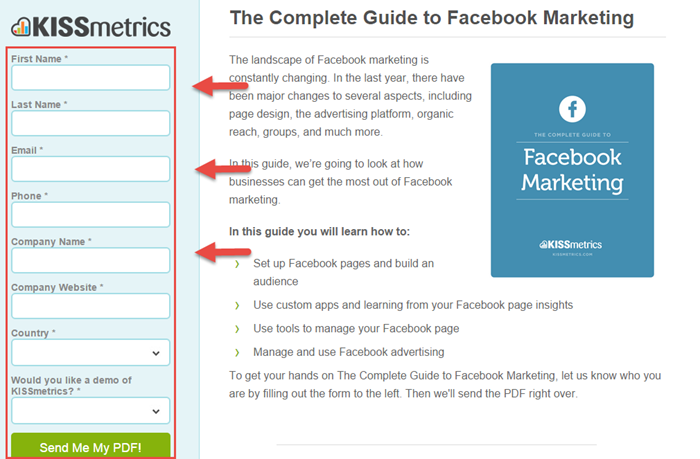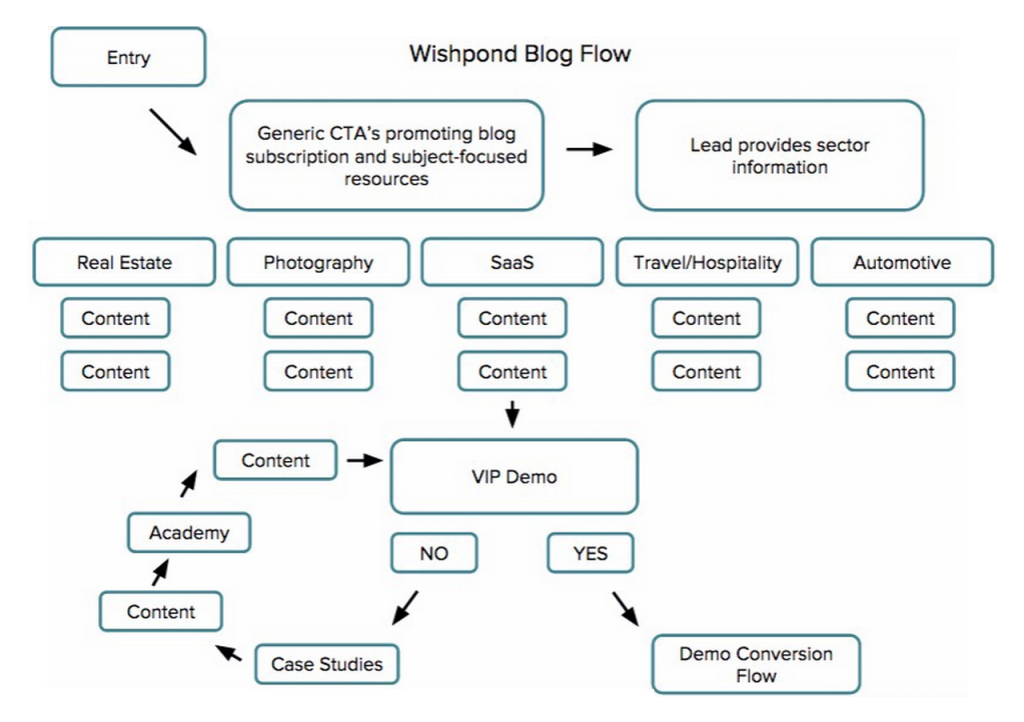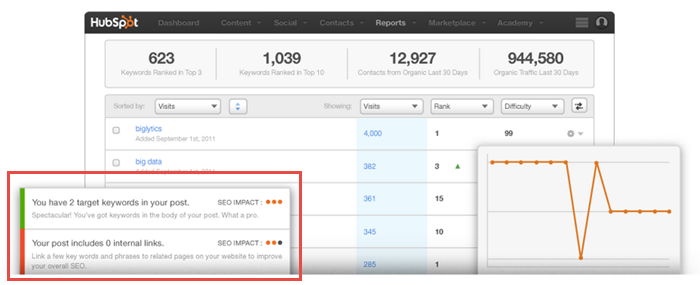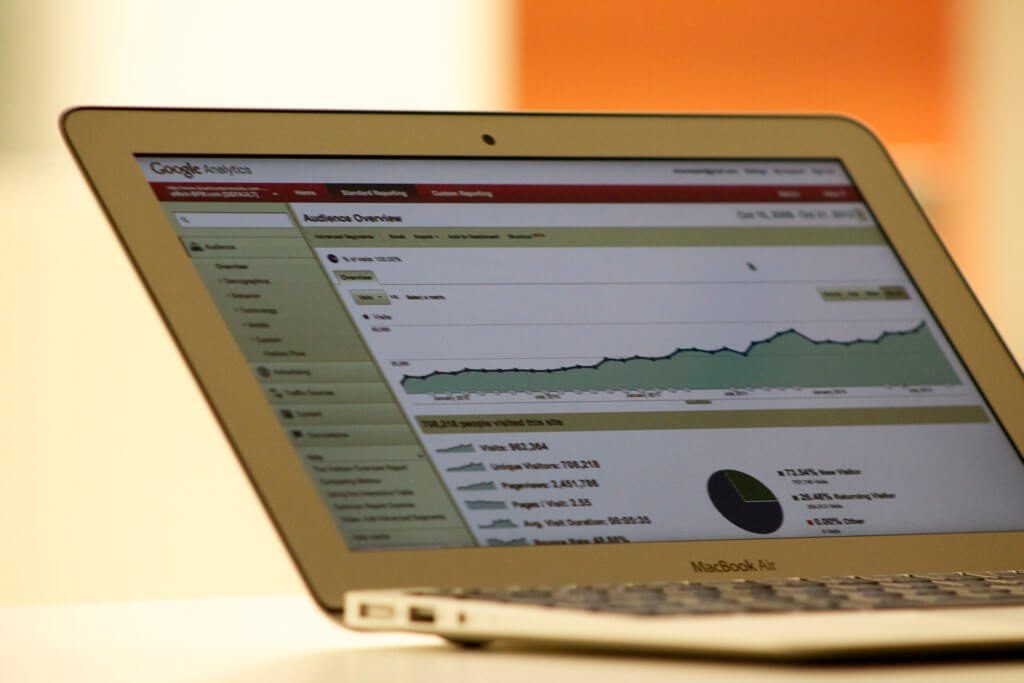Content Marketing & Automation – 5 Reasons Why It’s A Match Made in Heaven
Marketing Automation Insider is supported by readers like yourself. We may earn an affiliate commission when you purchase through our links. Of course, this won't increase the cost of your subscription.

It was a long time ago that content acquired its place as a pillar of every online marketing campaign. It doesn’t matter what industry you’re in, and it doesn’t even matter what audience you’re targeting: in this day and age, if you want your marketing to succeed, you need content.
Something that’s become far more recent, however, is the integration of content with marketing automation. Marketing automation really only took off in the late 2000’s, and for the most part the whole idea was reserved mainly to upgrade customer management, sales cycles, and email.
Your everyday marketing content — blogs, white papers, infographics, etc. — was never really a very important part of the plan.
The past few years, however, have proved that everything is changing.
You see, in the years before, content was less evergreen. It was viewed as more of a one-and-done type of thing. You put out some content, allow it to have its day in the limelight, then watch it slowly plummet into the abyss of the oversupply of information that is the Internet, just as soon as you publish your next piece.
Today, the process is completely different.
Each piece of content you publish has so much more potential. Social media, syndication, search engines, and an explosion in the number and types of distribution channels have unlocked a whole new set of possibilities.
So now, your competitors are realizing that their content can get them a lot more bang per buck than ever before. If you want to outdo them, you need to use every available tool to maximize your content’s potential.
And what’s the best way to do that?
Marketing automation.
The two are a match made in heaven. Behind every successful marketing campaign is content, and marketing automation will help you leverage the potential of each piece of content to the utmost.
Whether it’s a blog post, a how-to guide, or a research report, marketing automation will help your content to attract more visitors and convert more of your leads.
Not yet convinced?
To prove my point, I’ll give you 5 ultra-specific ways that you can combine content and unique marketing automation tools to get more leads, more sales, and ultimately more revenue.
1. Incentivize User Information Submission
User information is the lifeblood of any marketing campaign. It’s currency. It’s the gold standard. Gaining customer information is pretty much THE goal of any piece of content you’ll ever publish.
The only thing you want visitors to do really after going through your content (besides directly becoming a customer) is to hop on to a landing page, give you their info and join your email list.
Marketing automation will help you to achieve that goal more efficiently than ever.
There are several different ways it does so, but the dominant idea behind the majority of them is giving users an incentive to give you their contact information.
One company that truly rocks such a strategy is KISSmetrics. On their blog, KISSmetrics regularly releases comprehensive, super-detailed marketing guides. Their most recent one is on Facebook marketing. Before you can download the guide however, you’re required to fill in a short form (pictured below) that asks a few questions about your location.
Ordinarily, if you’re a new up-and-coming startup, this landing page isn’t likely to be very effective, because few people will be willing to take the time to fill out an entire form just to access one piece of content.
However, KISSmetrics has already built up a marketing blog with a legendary reputation. As a result, their visitors are often already familiar with the value of KISSmetrics’s content, so the have absolutely no problem with spending the few extra seconds necessary to gain access to more of it.
It’s a perfect example of content and automation working together to acquire more user information.
2. Segment Content Based on User Tastes
A second way marketing automation will improve your content’s effectiveness is through segmentation.
While it’s highly important that you try to focus your content as much as possible to your target audience (or better yet, your buyer persona), it’s unrealistic to assume that every piece of content you put out will be relevant to every visitor it attracts.
That’s why you need to try your best to ensure that your leads get redirected to the content that they are most likely to find useful.
The best way to do that?
Segmenting your content.
One company that does this extremely well is Wishpond (check out a full rundown on their dynamic content strategy here).
Wishpond’s blog traffic flow.
One way they segment their content for their users is by sector. After their leads submit info about what sector they are in, the leads are then plugged into a flow of content, case studies, and landing pages personalized to their industry until they convert.
All this happens completely automatically. The system brings Wishpond more conversions and brings them ever closer to maximizing the effectiveness of their content.
Another popular, completely hands-off segmentation strategy is self-select. Instead of putting your visitors through a pre-determined funnel, you allow your users to carve their own path through your content (with aids along the way that allow them to pinpoint exactly what they want to view). Over time, the content they’re shown becomes biased towards the browsing trends they’ve previously displayed.
3. Built-in SEO
When crafting your next piece of content, it’s pretty easy to forget the optimization stage in the process. Most marketing automation vendors, such as Hubspot and Marketo, offer features that basically build SEO right into the writing process.
Hubspot, for example, gently reminds you to mix in keywords and internal links as you type.
Hubspot’s as-you-type optimization.
Marketo takes it a step further and peruses your written content, compares it to that of your competitor’s, and lets you know about potential inbound link opportunities. That way, not only do you not forget the outreach stage of your promotion process, but you’ll also often be able to pick up a few extra links, adding substantial weight to your content’s rankings in the SERPs.
4. Lead Scoring
Lead scoring is an important indication of the quality of a lead. Every now and then, it can produce an unrepresentative/errant view of the virtue of a lead, but more often than not, it’s still an effective way of identifying the hottest prospects with the most potential.
When you combine content & marketing automation, you can really begin to take lead scoring to the next level.
You can go far beyond generic scoring criteria — like job title, budget, demographics — and begin to score leads based on the actions they take.
For instance, the amount of time they spend viewing your content, the variety and quantity of content viewed, the amount of engagement they’ve shown (social media plugs, comments), and other user activities can all be taken into account.
Incorporating these measures into your scoring system will help you to evaluate the value of your leads more accurately.
5. Measure Content Performance — then Capitalize on What Works
Tracking your content’s performance is a huge part of your marketing. It basically tells you whether or not what you’re doing is working.
If you don’t track your content, the most likely result will be an overexpenditure on creating content that simply doesn’t resonate with your audience. You also run the risk of building up your brand image to the wrong audience; an audience that simply won’t convert.
When results are a priority, tracking is a must.
However, the performance metrics I’m talking aren’t simply the number of visits your content generates, or even the number of conversions it does. Those metrics by themselves, while they have their value, are far too basic to get any comprehensive overview of the performance of a single content piece.
Image credit: Blue Fountain Media via Flickr
Instead, get into more of the nitty-gritty stuff: visitor geography, heat/click maps, visitor flow, conversions, social media shares, comments (including the positivity/negativity of the comments), keyword rankings vs. competitor content, etc..
After publishing and comparing enough content, you’ll begin to notice visitor patterns and trends that will inform you about your audience’s tastes and preferences.
For instance, you might find that white papers are more appropriate for your industry than eBooks. Or, you might discover that leads acquired from case studies are generally closer to the ultimate sales conversion that leads obtained from blog posts.
Whatever your analysis reveals, use the results to guide your content strategy.
Achieving Content Marketing Nirvana with Automation
Automation is truly the future of content marketing. Not only will it bring you closer to 100% maximization of content ROI; but automation will also do the following:
- help you to obtain information about your hottest, most sales-ready leads that you can then apply in other areas of your marketing/sales strategy
- help you to identify what content works for your brand and your industry
- make a significant portion content promotion process hands-off, saving you huge amounts of time in the long run
So basically: more ROI, more time to work on other areas of your business, and more marketing potential. Win-win-win.
With automation, content marketing nirvana is a lot closer than you thought.







